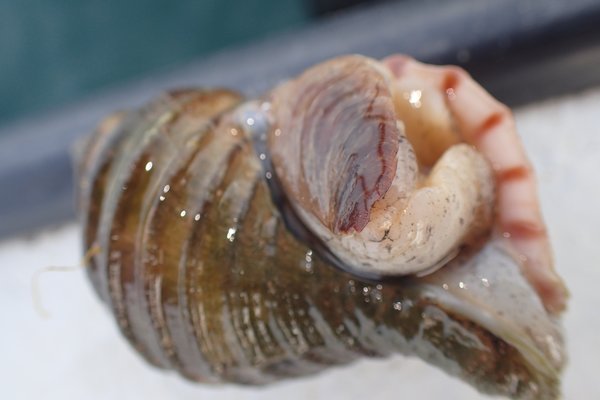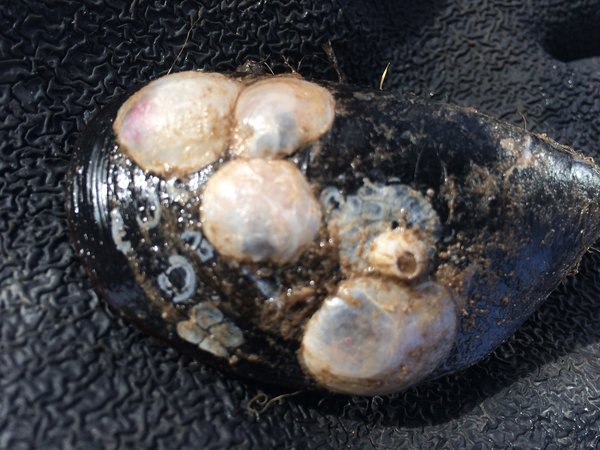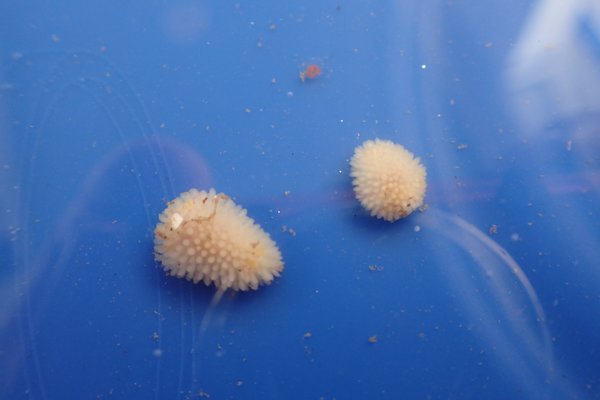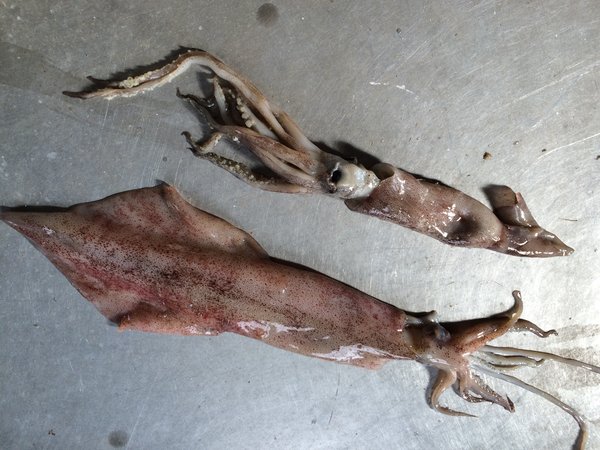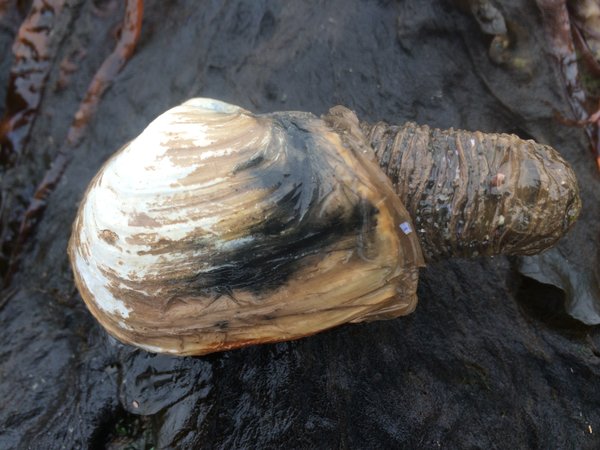 Image 1 of 3
Image 1 of 3

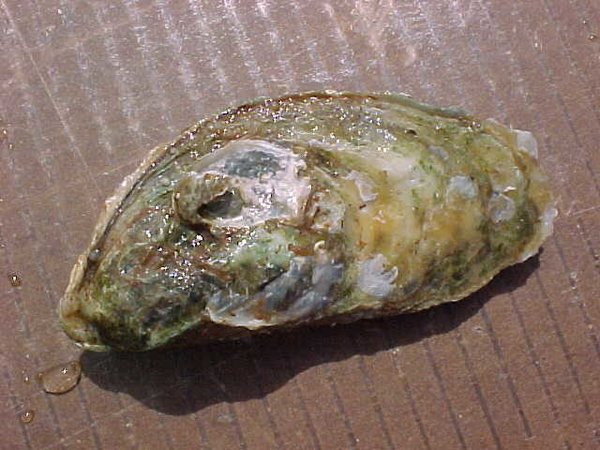 Image 2 of 3
Image 2 of 3

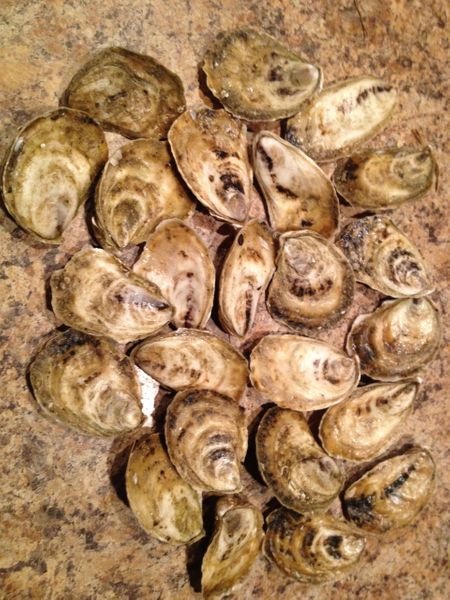 Image 3 of 3
Image 3 of 3




American Oyster (Crassostrea virginica)
Common name: American oyster, common oyster
Scientific name: Crassostrea virginica
Locations: mid - low tide, shell beds, especially in estuaries
Seasonality: available year round
Colors: white with green tinge
Size: 1" - 3"
Collected: by hand
Quantity: sold by the each
Common name: American oyster, common oyster
Scientific name: Crassostrea virginica
Locations: mid - low tide, shell beds, especially in estuaries
Seasonality: available year round
Colors: white with green tinge
Size: 1" - 3"
Collected: by hand
Quantity: sold by the each
Common name: American oyster, common oyster
Scientific name: Crassostrea virginica
Locations: mid - low tide, shell beds, especially in estuaries
Seasonality: available year round
Colors: white with green tinge
Size: 1" - 3"
Collected: by hand
Quantity: sold by the each

Oyster soft body tissue, or 'meat.'
Tidepool Tim says, “Oysters are not native to our local bays. They can be grown here, but since our waters are so cold it takes them very long to grow to market size. Therefore, in order to find them we must head south to find the oyster beds. In Maine we have lots of oyster farms - both American and European species. Oysters prefer estuaries at the mouths of rivers where the salinity varies and the nutrient feed is abundant. Oyster farmers rely on wild spat or farmed spat to seed their leased areas. Oysters may be harvested with tongs or dredges or by diving. Oysters have very irregular shaped shells and no two are identical. These shellfish have the ability to stay alive for long periods out of the water in refrigeration. When settlers came to America there were huge populations of these oysters in all major bays along the eastern seaboard. As industrialization came along, factories, dumps, and polluting runoffs spoiled the rivers oyster populations crashed. Now that efforts to clean up rivers and bays has been effective oyster populations are rebounding. Oysters are a very popular shellfish in the us right now and oysters are being consumed at record numbers.”

